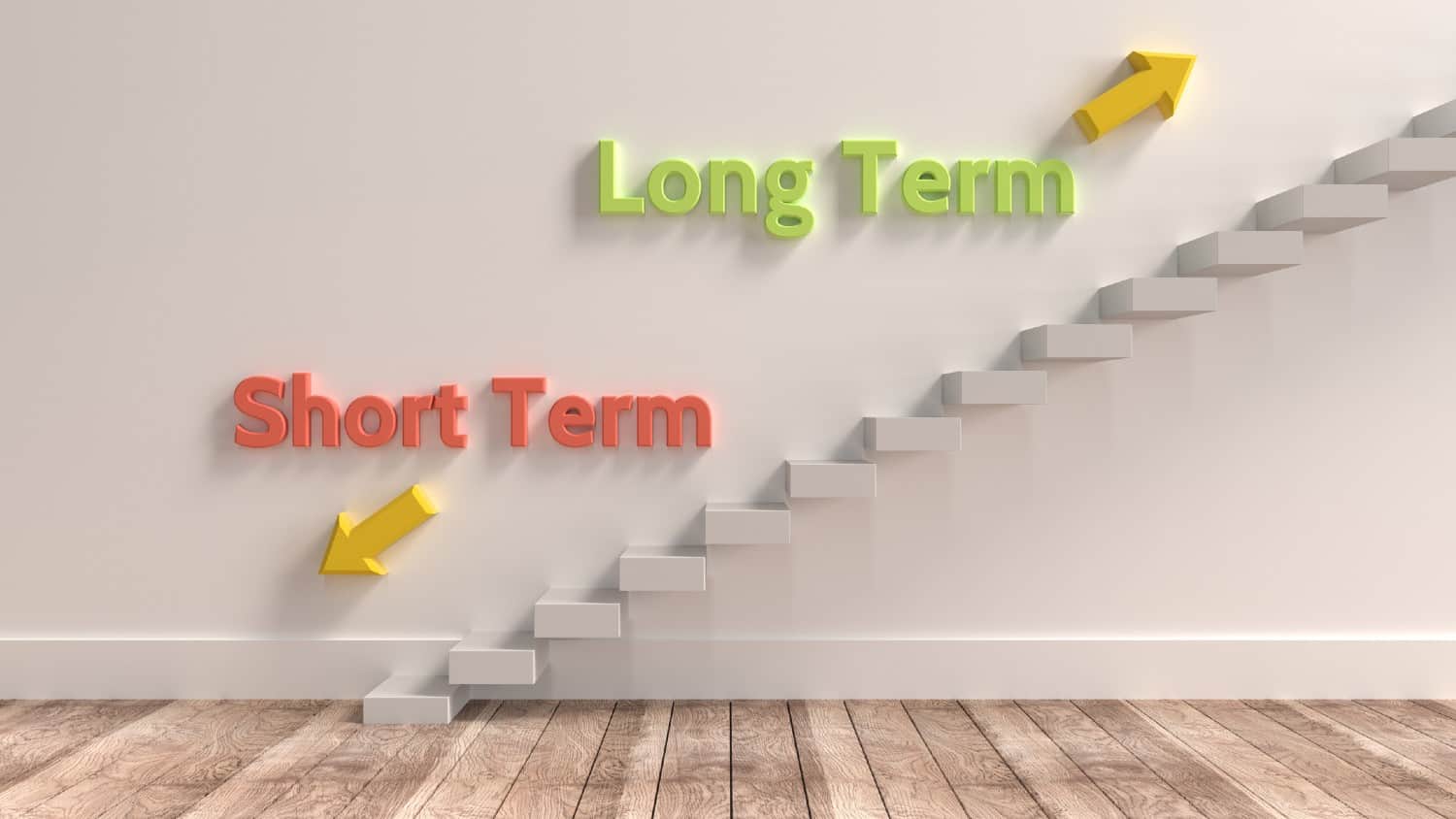Image source: Getty Images
The FTSE 100 is an index of some of the largest companies in the UK. Some do business all over the globe, while others have a more local focus. By investing in them I can expose my portfolio to companies that can profit from proven business models and economies of scale.
If I had £10,000 to put into FTSE 100 companies right now, here is how I would go about it.
5 Stocks For Trying To Build Wealth After 50
Markets around the world are reeling from the current situation in Ukraine… and with so many great companies trading at what look to be ‘discount-bin’ prices, now could be the time for savvy investors to snap up some potential bargains.
But whether you’re a newbie investor or a seasoned pro, deciding which stocks to add to your shopping list can be a daunting prospect during such unprecedented times.
Fortunately, The Motley Fool UK analyst team have short-listed five companies that they believe STILL boast significant long-term growth prospects despite the global upheaval…
We’re sharing the names in a special FREE investing report that you can download today. We believe these stocks could be a great fit for any well-diversified portfolio with the goal of building wealth in your 50’s.
Click here to claim your free copy now!
Growth or income
My first decision would be whether I wanted to target growth or income. The FTSE 100 contains both growth shares and income picks.
For example, FTSE 100 companies that I think have strong growth prospects include packaging supplier Bunzl and engineer Spirax-Sarco.
If my focus was on income, I could get a dividend of yield over 10% by buying Rio Tinto and Persimmon. Plenty of other shares in the index have dividend yields above the average for the FTSE 100 as a whole.
But if my focus was the FTSE 100, I would probably prioritise income over growth. I definitely do see growth stories in the FTSE 100, but when companies become very large, maintaining the same growth rates gets harder. So if I wanted to buy growth shares, I would focus more on smaller companies like those in the FTSE 250 and FTSE 350.
Look to the future
Whether I decided to focus on growth, income, or both, I would then think about what the future looks like. What are going to be the compelling investment themes of the coming years and decades? What sorts of companies are well-positioned to benefit from them commercially?
To get into the index, a company is judged on its past performance. That means that the index is essentially a reflection of past success, not necessarily what will happen in future. So I would pick an area I think will likely continue to see strong demand in future, like building materials. Then, I would see what if any companies appealed to me from that area. Building materials companies in the FTSE 100 include CRH and Howden Joinery.
Spread my investments
Of course, I might not pick the best companies within a particular investment theme. Indeed, I might not even pick the right theme. Maybe something I expect to do well in the future will end up going the other way.
That is why I would diversify across a range of shares and investment areas. Investing £10,000 would give me enough money to diversify. For example, I could put £1,000 into 10 different shares, or £2,000 into five companies.
When to invest in the FTSE 100
Is now the right time for me to buy FTSE 100 shares?
After all, over the past year the index is up 9%. That could mean that it is closer to getting overvalued. But it could also indicate an upward trend that is set to continue as post-pandemic earnings keep recovering.
The fact is, nobody knows what will happen next to the FTSE 100 or any of the shares in it. What I do know is that if I buy FTSE 100 companies with a strong business outlook trading at an attractive price, over time I hope their share prices will reflect their business performance. That is why I am hunting for the right FTSE 100 shares to add to my portfolio today.
Credit: Source link














